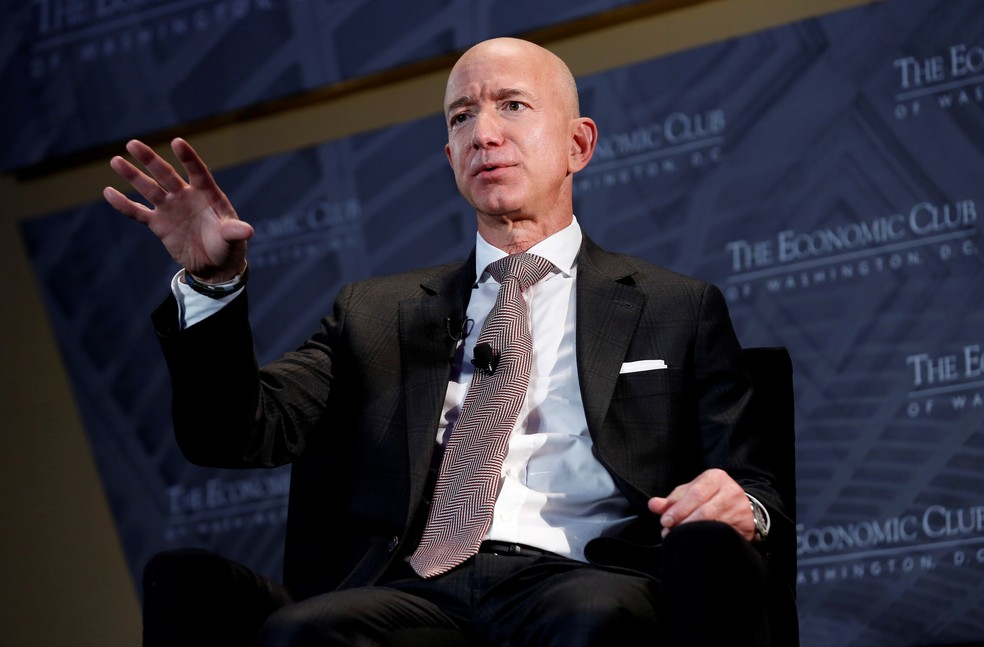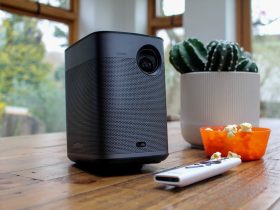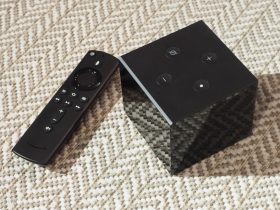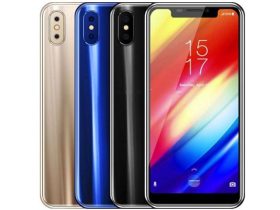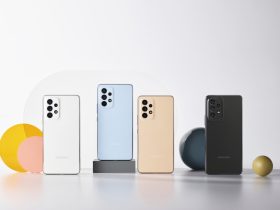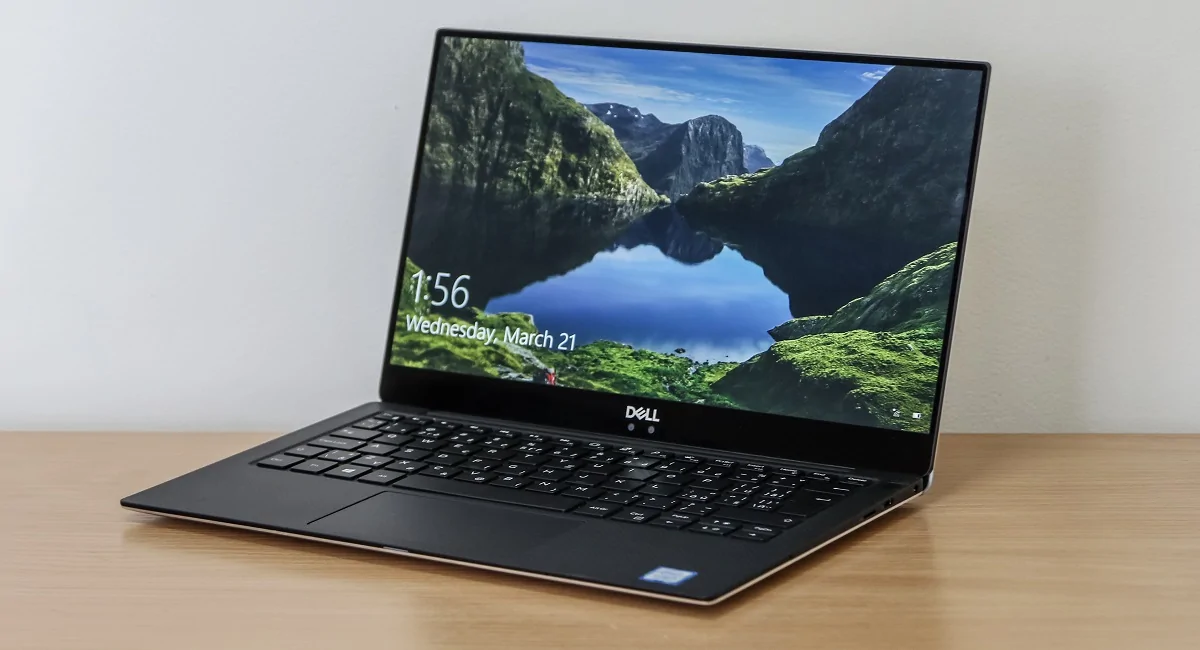
Dell XPS 13 Review: Best Windows Laptop Just Got Better
I’ve been searching for the perfect Windows laptop since Windows 8 was released three years ago. Most of the time, I reluctantly opted for the MacBook Air simply because there were no better native options for Windows. But running Windows on an Apple laptop isn’t ideal, just because the keyboard is positioned differently. After that frustrating three-year search, I finally found the best Windows laptop. It’s a laptop that doesn’t resort to origami touchscreen tricks or feel like you’re cloning your MacBook all over again. This is the new Dell XPS 13.
Dell has been working on the XPS 13 for some time, including a revised version that it introduced earlier this year. It was smaller than a MacBook Air, thanks to a beautiful 13.3-inch edge-to-edge screen. It was also the first Windows laptop to come close to its quality and reliability. We switched to that model in early 2015 as the leading car six months ago, but some real, overwhelming issues made it frustrating. Like most Windows laptops, it struggled with trackpads, the speed wasn’t exactly what it should have been, and Dell’s claim of 11 hours of battery life didn’t go crazy. The ideas were there, but it wasn’t a polished experience.
But now Dell has updated the XPS 13 again with some minor improvements that target precisely the things that bothered me the first time: battery life, performance, and trackpad. I have been using the new Dell XPS 13 for the past two weeks, and again I am convinced that it is the best Windows laptop out there. Sorry, Surface Book.
Very little has changed externally with the new XPS 13. It looks identical to the same model from earlier this year. They both have impressive edge-to-edge displays that other laptop manufacturers don’t use, and they’re the centerpiece of the XPS 13.
Most manufacturers compete to create the best 2-in-1 hybrid with a crazy Yoga-like hinge, 4K display, and touchscreen, but Dell has gone back to the basics of what we all love about a laptop. As a result, the new Dell XPS 13 shines. I tried the non-touch model first because I prefer its matte screen and longer battery life. I don’t have to turn my laptop into a tablet or touch the screen regularly. I am convinced that most people do not need it either. I like the idea of a combined tablet and laptop, but until there are enough touch apps designed for this hybrid world, I want a laptop that works.
“XPS 13 goes back to basics and gets it right.”
Dell’s non-touch model comes with a 13.3-inch 1080p screen. But what attracts you is how small the frames around the screen are. It’s like the first time you switched from 3G to LTE – you never want to come back. I ventured back to other Windows laptops, like Lenovo’s Yoga 900, and they seem old and disconnected by comparison. I can’t stand using the MacBook Air anymore because the aged screen feels blurry and old at the moment. Dell has done an excellent job of integrating the display throughout the laptop, and Windows 10’s dark theme complements it very well.
Dell has also kept an aluminum finish and a wedge shape that doesn’t make the XPS 13 look like a MacBook Air scam. It has a sleek dark finish and a black keyboard and trackpad deck that combine to make it feel premium. The smooth finish of the palm is very comfortable and, although it does raise stains, they are not as visible. Dell’s keyboard doesn’t feel as solid as Microsoft’s Surface Book, but I have no significant complaints. The keys are well spaced and comfortable to type for hours, and the function keys are handy rather than cluttered.
Dell XPS 13
Windows trackpads have been horrible for what seems like forever. Fortunately, the Dell XPS 13 trackpad is a perfect size. It’s still the same large glass buffer with a smooth finish as earlier in the year, but Dell has definitely improved the driver situation, so the trackpad works very quickly on Windows 10. I still notice some occasional scrolling issues in Chrome, but I have problems with all the Windows laptops. The cursor no longer randomly jumps on the screen, and scrolling with two fingers is smooth where it should be. I tested a lot of Windows laptops this year, and this is hands down one of the best experiences to use gestures and scroll. You’d think Microsoft’s Surface Book trackpad would be better, but Dell has done an excellent job balancing size and position with this laptop’s small form factor. (However, I must mention here that Dell had to replace my XPS 13 due to a trackpad issue. The original drive clicked and felt a bit lost, and even the replacement drive felt out of the box, but it seemed remedied strangely).
The trackpad has been greatly improved
Like the trackpad improvements, most of the new XPS 13 changes are hidden. Dell has added a USB Type-C connector on the side, but it is the only external modification. It is helpful for newer peripherals that will start to appear regularly next year and will also support Thunderbolt 3, but for the most part, it is just a test of the future. There are two more standard USB 3.0 ports and a full-size SD slot. The only thing missing is a DisplayPort, and Dell has removed it to make room for USB Type-C. This won’t be a problem for most, but if you want to connect a monitor, you will need an adapter.
Unfortunately, Dell has not resolved the webcam problem; it is still in the lower-left corner of the screen. This is the price you pay for an edge-to-edge screen, but it means there will be a lot of unpleasant angles on your nose during video calls. Participants wonder why I don’t have the video on whenever they are in conference calls, and this terrible webcam position is to blame. The camera also doesn’t support Windows Hello, a new feature in Windows 10, so it won’t connect to the XPS 13 only face-to-face.
“Dell has made some big changes behind the scenes.”
Two other critical changes to the new Dell XPS 13 offer performance improvements. Dell has updated the processor with the latest Intel Skylake chip, and the non-touch models use the Core i5, while the touchscreen version runs on the Intel Core i7. In addition to the base model, all the new Dell XPS 13s come with faster SSDs. I didn’t notice a significant change in performance compared to the model earlier this year, but the addition of Windows 10 makes the new XPS 13 feel faster. Running Chrome, Slack, Office, Photoshop, and various Windows 10 apps doesn’t seem to slow down the XPS 13. I used it to work every day, and it never froze or frustrated me at all. Dell hasn’t loaded the XPS 13 with bloatware apps either, and a McAfee process can be easily and quickly killed.


